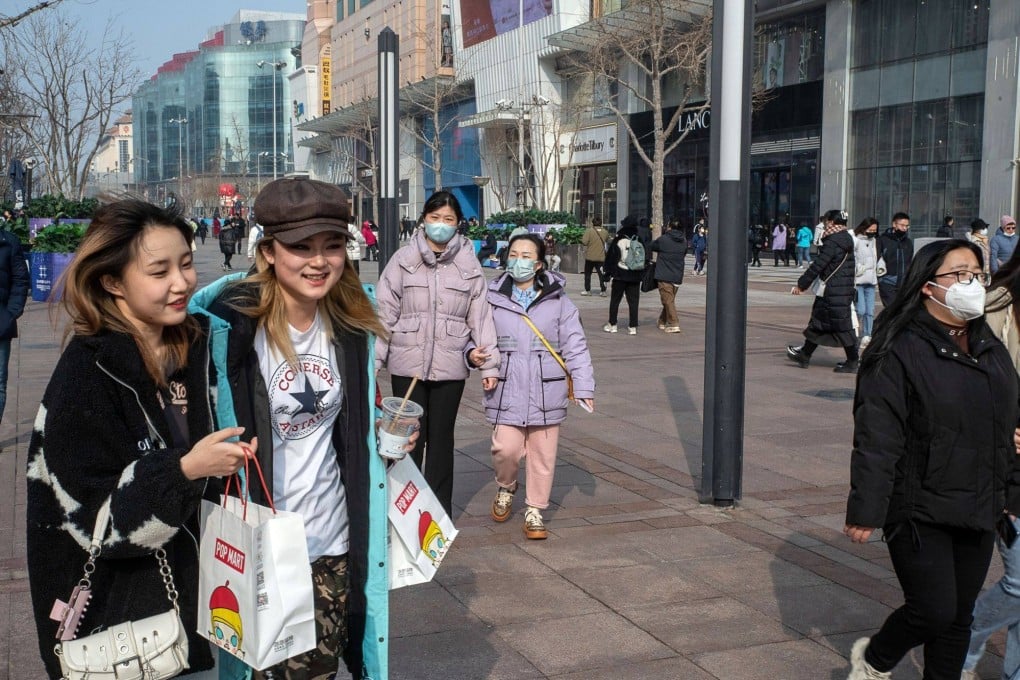Advertisement
Macroscope | China must broaden its economic recovery before consumption loses steam
- Policy must be eased further to kick-start other growth engines and reignite investment and consumer confidence, as the external growth environment continues to look weak
Reading Time:3 minutes
Why you can trust SCMP
5

China’s post-Covid recovery in consumption continues to be reflected in its latest economic numbers for April but there are worrying signs of a broad-based weakening in its growth momentum in other areas of the economy.
Advertisement
Last week, the National Bureau of Statistics released China’s industrial production, retail sales and investment figures for April. Retail sales jumped 18.4 per cent year on year but industrial production gained just 5.6 per cent, and registered its biggest monthly fall since February 2020.
Fixed-asset investments also disappointed the market consensus, gaining just 3.9 per cent year on year as property-related activity growth remained subdued. The weakness in the industrial production and investment numbers is hardly a surprise, given the slowing external growth environment and a continued lack of confidence in the property sector.
Industrial production growth may continue to slow as demand for Chinese products declines in the near term. China’s manufacturing purchasing managers’ index (PMI), an indicator of trends based on monthly surveys of private sector companies, softened to 49.2 last month, showing a contraction in activity.
Despite China’s exports showing unexpected strength in April, a fall in the PMI for new export orders suggests the backlog of orders accumulated during Covid-19 has been filled. This foreshadows a slowdown in demand for Chinese goods. That imports last month fell by 7.9 per cent year on year also suggests a drop in demand for the raw materials needed for China’s factories.
Advertisement
Meanwhile, investment growth continues to slow, with property investments in particular falling by 16.2 per cent year on year in April. Structural concerns over the Chinese property market – such as an oversupply in the tier-2 and tier-3 cities that accounted for 88 per cent of construction in 2020 – and the continued deleveraging among property developers will be a drag on investment.


Advertisement
